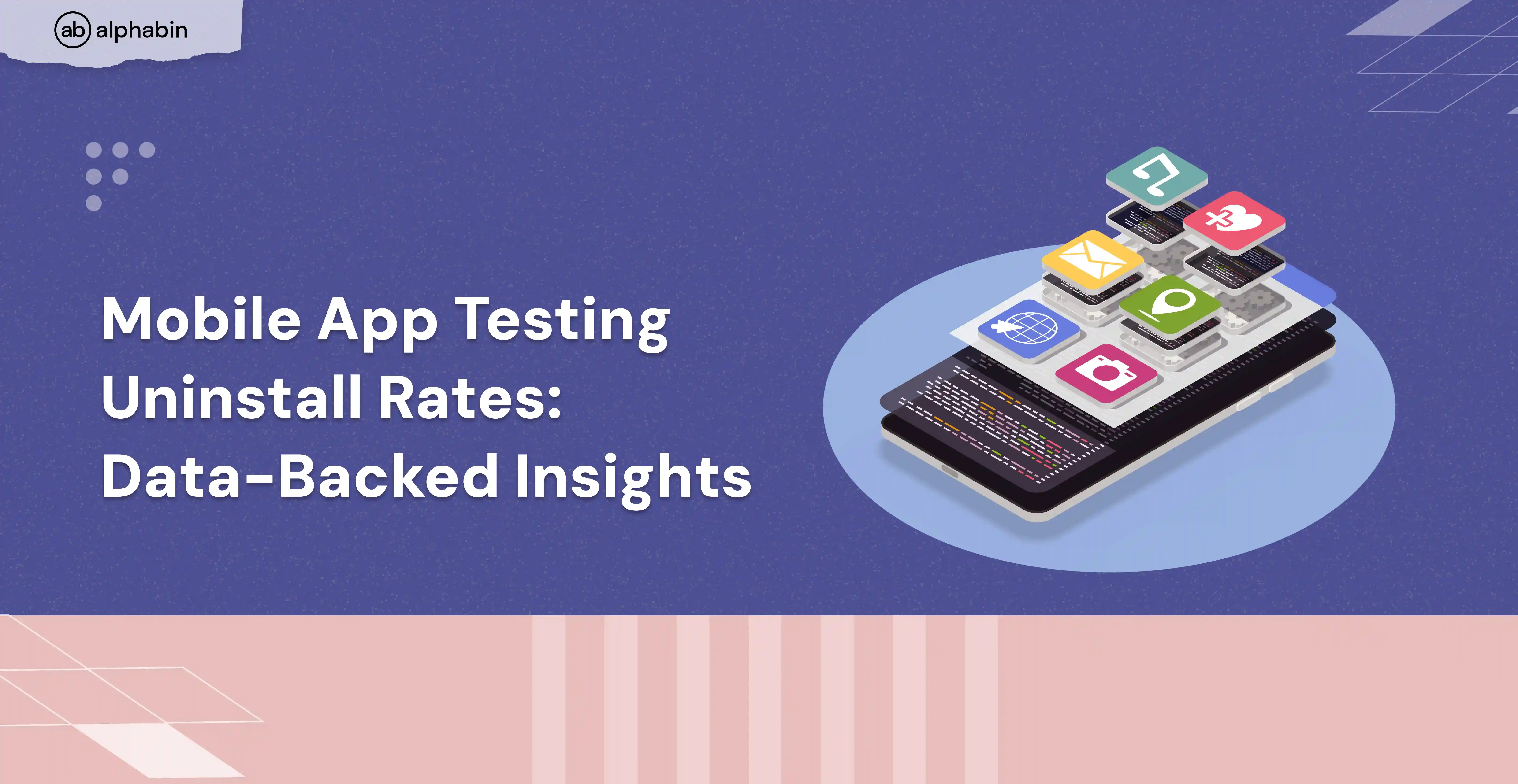In reality, most of the systems require a multitude of decisions based on various inputs. Decision table testing is a black box testing technique that helps us break down complex logic into a clear and manageable format. It uses a table structure to define various input conditions and their corresponding expected outcomes. This approach ensures systematic test coverage and simplifies the testing process for intricate software functionalities.
According to the ISTQB, software testing approaches are broadly classified into two categories:
- Static testing techniques: These techniques involve evaluating a component or system at the design or execution level without deploying the software.
Static testing involves activities like reviews, planning sessions, and preparation responsibilities, assessing software through examination and evaluation rather than execution. - Dynamic testing techniques: These methodologies require the execution of the software application or system to evaluate its behavior and performance during operation.
Dynamic testing approaches are further classified into three different categories:
- Specification-based techniques / Blackbox testing / Behavioral testing: These methods build test cases based on the system's specifications, focussing on what the software achieves rather than how it operates inside.
- Structure-based techniques / Whitebox testing / Structural testing: These techniques examine the software's internal structure and logic, providing test cases based on the code and architecture.
- Experience-based testing techniques: These methods build and execute test cases based on the tester's experience, with the goal of identifying issues that other methods may miss.
Among specification-based techniques, there are four key methods:
- Equivalence Partitioning defines input data into partitions where the software should behave identically, resulting in test cases for each partition.
- Boundary Value Analysis checks input range limits to discover problems at partition borders.
- Decision Table Testing utilizes a table to represent multiple input combinations and their estimated outputs, thereby validating how the system handles various scenarios.
- State transition testing is a valuable tool for studying software behavior as it transitions between states in response to various inputs or events.
Imagine testing an e-commerce shopping cart that applies different discounts based on user type, product category, and promotional codes. Traditional testing methods might involve creating numerous test cases for every possible combination, leading to confusion and potential missed scenarios. Here’s where the decision table comes in. By clearly outlining the conditions and expected results.
This blog post will delve into the world of decision table testing. We'll go over how to make these tables efficiently, how to use them in your testing procedure, and how they operate. We'll also address typical mistakes to avoid, best practices, and a few frequently asked questions.
{{cta-image}}
Understanding Decision Tables
A decision table is a structure that resembles a grid that shows various conditions (inputs) and the actions or results that go along with them (outputs). It’s like a giant “if-then” statement, helping us visualize complex decision-making processes within a software system.
What are the various components of a decision table?
- Conditions (Input): These are the various factors that influence the outcome. (e.g., User type: New, Returning)
- Actions/Outcomes (Output): These are the expected results based on the combination of conditions. (e.g., Discount applied: Yes/No)
- Rules: Each row in the table represents a specific rule that defines the relationship between conditions and actions.
- Legend: Legend serves as an explanatory guide that will give information regarding what a rule item or action or outcome means.
Why use Decision table testing?
Decision table testing is a method of software testing that is utilized to display and examine intricate business rules and their interactions in a table format. It is particularly beneficial when varying inputs lead to varied outputs. The decision table technique helps in identifying the conditions and actions for each combination of inputs, ensuring comprehensive test coverage and helping to catch any logical errors in the software.
Key Benefits of Decision Table Testing
- Systematic Coverage: Ensures all possible combinations of inputs are tested.
- Simplification: Simplifies the representation of complex business logic.
- Traceability: Makes it easier to trace requirements to test cases.
- Identification of Missing Logic: Helps in identifying gaps or missing logic in requirements.
- Efficiency: Reduces redundancy in test cases, making testing more efficient.
Decision table technique in software testing while using test automation
The decision table method is a systematic testing approach that assists in identifying and testing all potential combinations of conditions and actions in software in an organized manner. When combined with test automation, this method improves effectiveness and precision during the testing phase.

Creation of Decision Tables
The first step in utilizing the decision table technique in automated testing is the creation of decision tables. This involves:
- Identifying Conditions: Determine all the possible conditions or inputs.
- Identifying Actions: Determine all possible actions or outputs.
- Filling the Table: List all possible combinations of conditions and their corresponding actions.
Automating Decision Table-Based Tests
Once the decision table is made, it can be used to create automated testing scripts. Here is the method to accomplish it:
- Test Case Generation: Tools can automate the creation of test cases using the decision table. Every set of inputs (conditions) will result in a distinct test case.
- Script Creation: The test cases are subsequently converted into automated test scripts using an appropriate test automation framework such as Selenium, TestNG, JUnit.
- Parameterization: Test scripts can be automated to receive inputs from the decision table, enabling dynamic execution of test cases.
Execution of Automated Tests
Automated test execution involves running the generated test scripts against the application under test (AUT). This process includes:
- Setting Up the Environment: Verify that the test environment is properly arranged and the application is prepared for testing.
- Executing Test Scripts: Run the test scripts generated from the decision table on the AUT.
- Logging Results: Capture and log the results of each test case execution for analysis.
Analysis and Reporting
Post-execution, the results need to be analyzed and reported:
- Result Analysis: Compare the actual outcomes with the expected results defined in the decision table in software testing.
- Bug Reporting: Identify discrepancies and report bugs for any deviations between actual and expected results.
- Test Coverage Analysis: Ensure all combinations of inputs have been tested and covered.
Maintenance of Decision Tables
As the application evolves, the decision tables need to be maintained and updated to reflect changes in business logic or requirements:
- Updating Conditions and Actions: Modify the conditions and actions in the decision table to align with new requirements.
- Regenerating Test Cases: Create fresh test cases using the updated decision table to verify their compatibility with the latest logic.
- Re-executing Tests: Re-run the automated tests to validate the changes and ensure there are no regressions.
Creating Decision Tables
The creation of decision tables should not be taken lightly. A well-constructed table can be the difference between a strong system and a fragile system with errors. For example, in financial software, a decision table can ensure that loan approval processes are consistent and fair.
- Identify the complex logic: Pinpoint the specific functionality in your software that requires testing.
- List down conditions and Actions: Define all possible factors that influence the outcome and the corresponding results.
- Fill out the decision table: Map out all possible combinations of conditions and their associated actions in each row.
- Review and Refine: Double-check the table by yourself and your peers for completeness and to ensure that all scenarios are covered.
Examples of decision tables in different scenarios:
1. E-commerce discount application based on user type and product category.
Legend:
- New Customer: The user is shopping for the first time.
- Returning Customer: The user has shopped before.
- Loyalty Discount: Discount for customers who have spent over a certain amount.
- Sale Discount: This discount applies to sale items.
- No Discount: No discount is applied to the purchase.
2. Access control system, granting permission based on user role and resource type.
Legend:
- Admin: Administrator
- Access Granted: The user has rights to access the resources.
- Access Denied: The user does not have rights to access the resources.
Advantages of Decision Table Testing
Decision tables can be integrated into various stages of the testing process, including test planning, test design, test execution, and test evaluation. They serve as a valuable tool for generating test cases, identifying test scenarios, and maximizing test coverage.
- Enhanced coverage: Decision table guarantees you don’t miss any edge cases by explicitly listing all combinations.
- Improved clarity: Visually representing the logic simplifies communication and understanding for QA testers and developers.
- Increased efficiency: By systematizing test case generation, you save time and effort compared to traditional methods.
- Better traceability: Decision tables provide a clear link between requirements, logic, and test cases, making maintenance easier.
{{cta-image-second}}
Do’s and don’ts when working with decision table
Do's
- Involve stakeholders in the creation process to ensure all perspectives are considered.
- Review and revise the table as requirements or functionalities evolve.
Don’ts
- Overcomplicate the table. Keep it concise and clear for easy understanding.
- Treat the decision table as a replacement for other testing techniques; they work best in conjunction with them.
Now, let’s look at various common mistakes that we, as quality engineers, should avoid while using the decision tables in software testing.
- Incomplete decision tables: Ensure all possible conditions and combinations are captured.
- Missing edge cases: Consider scenarios outside the “normal” range of inputs.
- Confusing wording: Use clear and concise language to avoid misinterpretations.
- Lack of documentation: Document the purpose and logic behind each decision table.
Avoiding common mistakes is one thing, and ensuring the accuracy and completeness of the decision table is another. Take a look at how you can ensure the quality and accuracy of your decision table.
- Thoroughly review the table with your peers and higher-ups to identify any missing scenarios.
- Use test automation tools to execute test cases derived from the decision table, helping to catch errors.
- Maintain the decision table alongside the evolving software requirements.
Conclusion
In conclusion, software can be tricky, with lots of decisions to make. Testing all these decisions can be a headache. Decision table is like a cheat sheet to help you test everything clearly and easily. By using a simple table, you can break down complex logic and make sure you’ve covered all the angles. Everyone is kept informed, time is saved, and mistakes are decreased.
Our final thoughts are that decision tables are a valuable tool for testers and developers alike. By bringing clarity to complex logic, they facilitate efficient testing, reduce errors, and ultimately lead to a stronger software product.
If you’re looking to improve your software testing practices, consider incorporating decision table testing. It's a simple yet powerful approach that can significantly enhance your testing process. Feel free to reach out to Alphabin if you need any testing assistance.



.svg)











